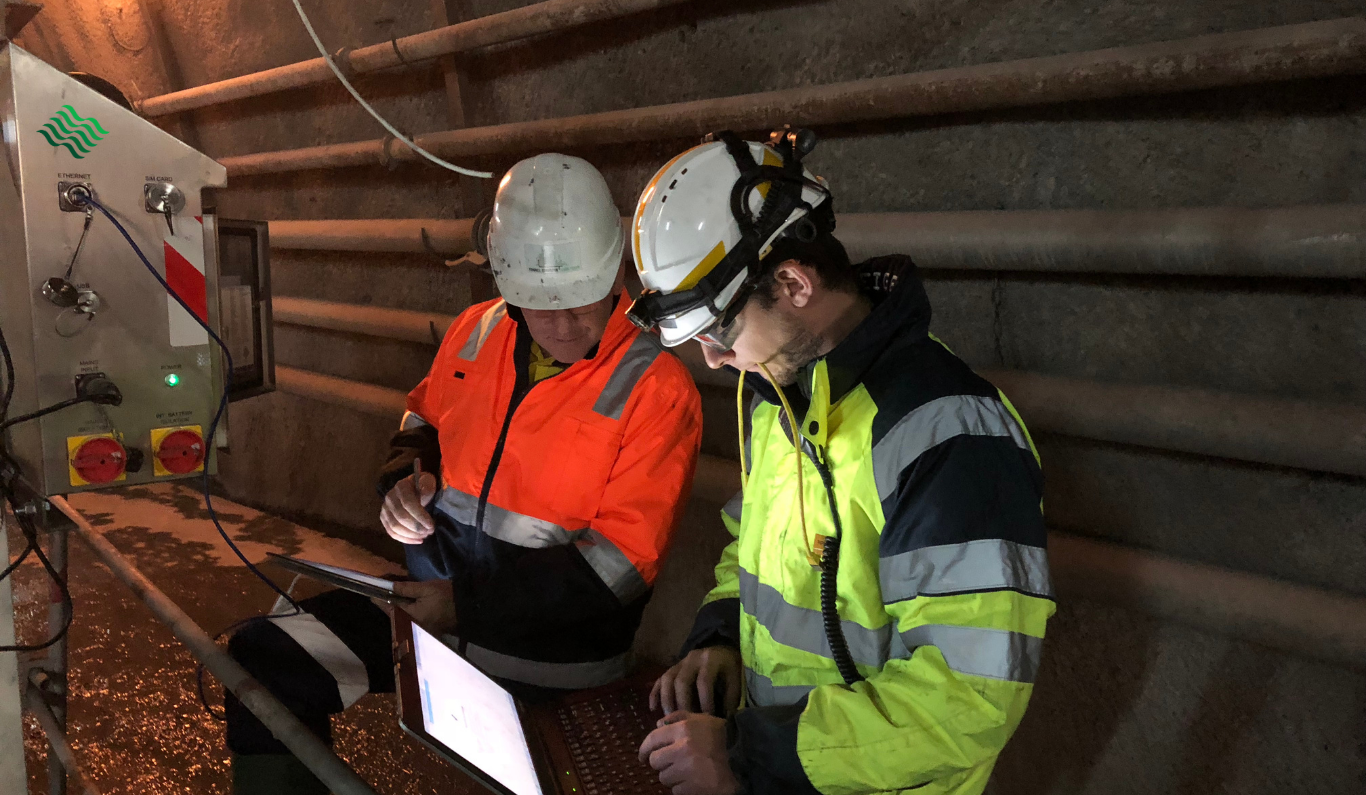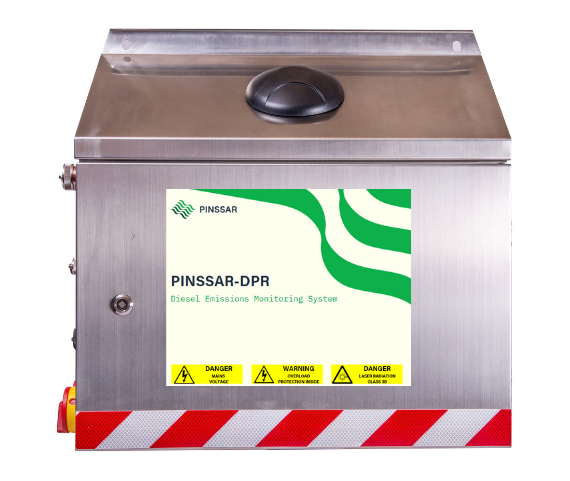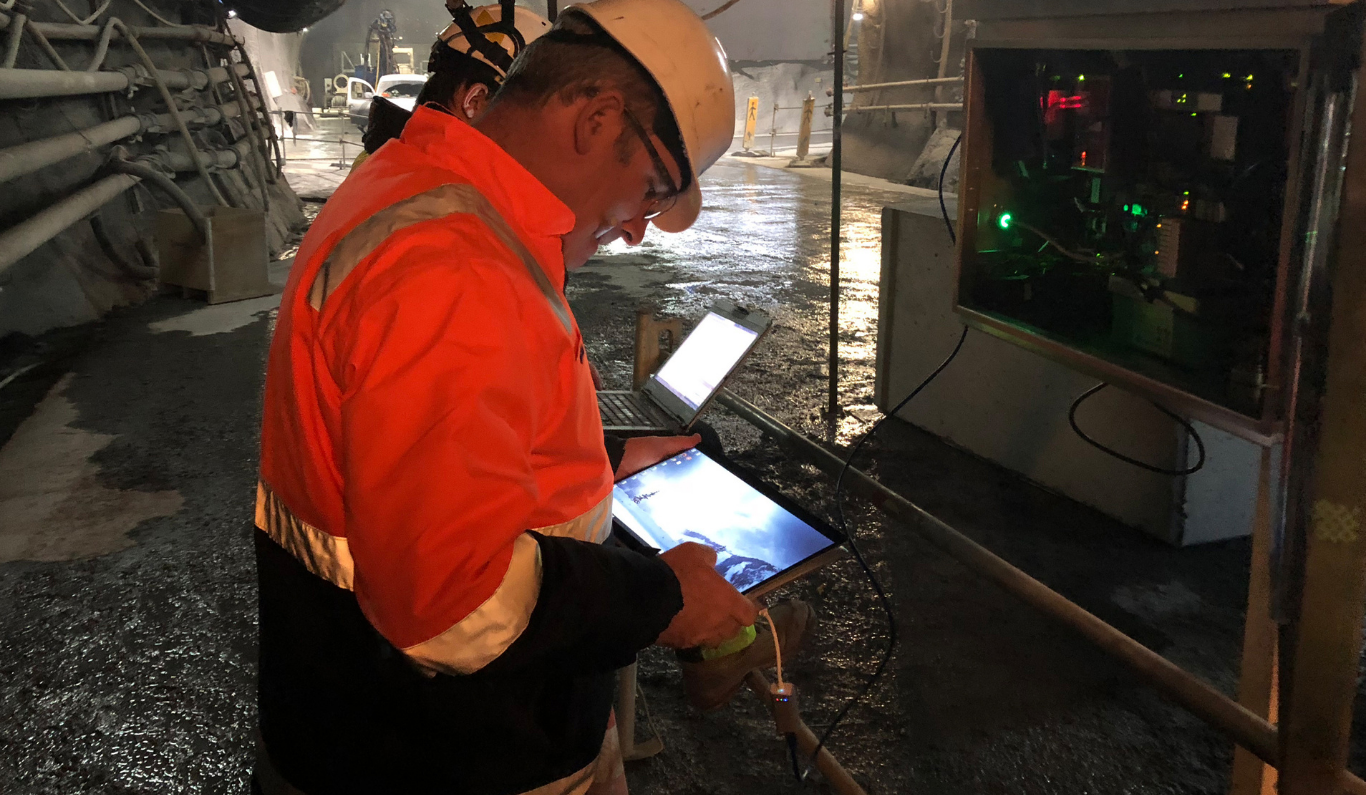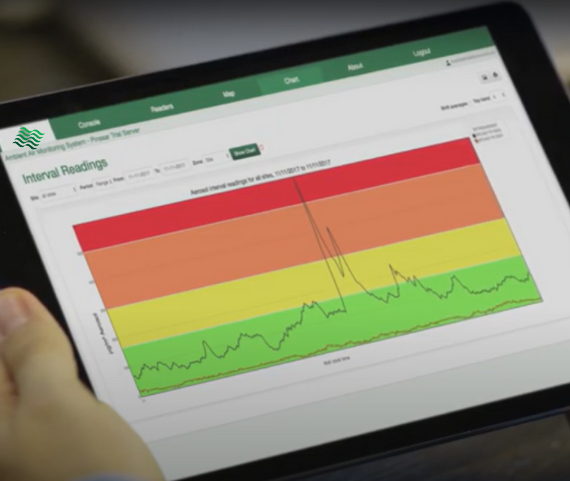Pinssar Technology
Have complete confidence in your controls with the only practical solution for DPM monitoring. We provide the only continuous, real time, fixed diesel emissions technology solution specifically designed for harsh environments.
The Pinssar DPR was developed specifically to detect sub 800 nanometre particles which evolved into our patented diesel emission technology with 23 unique innovations recognised globally.


The system was designed to connect using a range of communication methods including Wifi, cellular, ethernet, 4-20 mA or direct USB connection.
The Pinssar DPR can store up to 8 years of data on the internal Compact Flash memory card.
The most common methods of viewing the data are by either using the Pinssar Dashboard or by connecting to the client’s preferred Dashboard and/or SCADA package.


All particles smaller than 0.8 micron, or 800 nanometres (nm).
A single DPM particle is between 10 – 40 nm in size.
Once a particle is released into the atmosphere, it agglomerates with other DPM particles and is generally between 70 – 370 nm.
No, DPM is a composition which includes multiple fine carbon particles (for example, elemental carbon and organic carbon) including hazardous chemicals known as poly aromatic hydrocarbons (PAHs). Click here to read more.
The Pinssar DPR doesn’t measure Elemental Carbon (EC) or Total Carbon (TC), but it measures all particles smaller than 800 nm.
The Pinssar DPR uses Laser-Light Scattering Photometry (LLSP) to measure particles. LLSP is an analytical technique for the measurement of particles based on the scattering of incident light by individual particles and has been in use for over 50 years.
Pinssar has a registered patent in the USA for 23 unique innovations with patent pending in other regions throughout the world.
To see the complete list of certifications, please click here and download our Technical Specifications.
The patented Pinssar DPR uses a commercially-available NIOSH-tested cyclone inlet which provides a sharp cut point at 800nm equivalent aerodynamic diameter (EAD), even in atmospheres contaminated with high >3mg/m3 respirable particles.
No manual calibration is required during normal operation of the unit. As part of every measurement cycle, an automatic sample of filtered, particle free air is flushed through the Pinssar DPR and then a zero reading is taken. This value is used to automatically compensate to derive a true instrument response every sample.
Pinssar recommends the DPR is serviced and recalibrated on a 12 – 18 month basis, subject to monitoring conditions.
Complete your details below for instant access to our Technical Specs sheet.